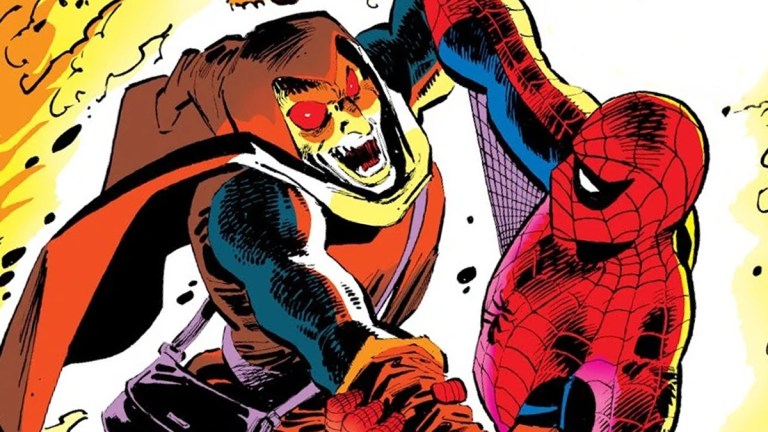In 20 years, Marvel has risen from bankruptcy to multi-billion-dollar business.
For Marvel, its darkest hour came in the winter of 1996.
All told, those acquisitions cost Marvel a reported $700 million.

Through the early 90s, Marvel was buoyed by the success ofSpider-ManandX-Men,which were selling in huge numbers.
Then, just as Gaiman predicted, the bubble burst.
Between 1993 and 1996, revenues from comics and trading cards began to collapse.
Suddenly, Marvel, which at one point seemed invincible as it grew in size, now looked vulnerable.
Hundreds of comic book retailers went bust as sales tumbled by 70 percent.
Marvels shareholders resisted, arguing that the financial damage to Marvels share prices would be too great.
There followed a bewildering power struggle which raged for almost two years.
Marvel on the big screen
Israeli-born Avi Arad brought a gruff swagger to the toy industry.
But now, it looked as though Arads approach was going to bear fruit.
Then Marvels financial woes began, and Arad struggled to convince Hollywood executives of the companys cinematic value.
TheX-MenandSpider-Manmovies were huge hits, but Marvel only saw a small percentage of the profits.
We were giving away the best part of our business, Arad mourned.
Why not produce the movies under your own banner, and reap the profits for yourself?
A major breakthrough came in 2005, when Marvel managed to make a deal with Merrill Lynch.
If the films didnt make money, those superheroes would suddenly belong to the bank.
Its a cheap price!
Its a very strong brand, and we planned on this brand.
It wasnt a fluke.
For a company that was in debt 20 years ago, Marvel has seen a remarkable change in fortunes.